
| Recorded by: David George, Kevin Bischof, Rich Teper, Patrick Coin on 2025-08-15
Transylvania Co.
Comment: | 
| Recorded by: Mark Basinger on 2025-07-27
Wilson Co.
Comment: |

| Recorded by: Mark Basinger on 2025-07-27
Wilson Co.
Comment: | 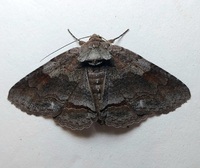
| Recorded by: Mark Basinger on 2025-03-29
Brunswick Co.
Comment: |
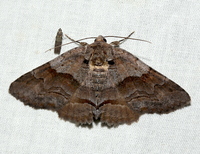
| Recorded by: David George, Jeff Niznik on 2024-08-06
Transylvania Co.
Comment: | 
| Recorded by: Jim Petranka and John Petranka on 2023-06-14
Richmond Co.
Comment: |

| Recorded by: John Petranka on 2023-04-28
Orange Co.
Comment: | 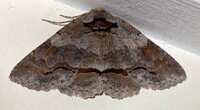
| Recorded by: Dean Furbish on 2021-04-25
Wake Co.
Comment: |
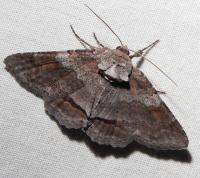
| Recorded by: Stephen Hall on 2020-07-15
Orange Co.
Comment: | 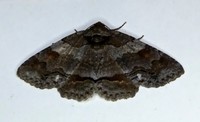
| Recorded by: Gary Maness on 2020-03-13
Guilford Co.
Comment: |
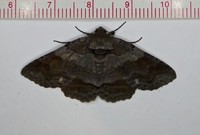
| Recorded by: Gary Maness on 2020-03-13
Guilford Co.
Comment: | 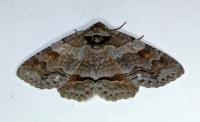
| Recorded by: Gary Maness on 2020-03-13
Guilford Co.
Comment: |
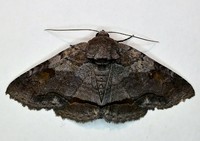
| Recorded by: Gary Maness on 2019-04-28
Guilford Co.
Comment: | 
| Recorded by: Gary Maness on 2019-04-28
Guilford Co.
Comment: |
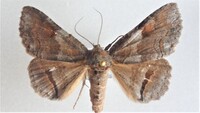
| Recorded by: Darryl Willis on 2017-03-27
Cabarrus Co.
Comment: | 
| Recorded by: T. Nergart on 2014-06-30
Transylvania Co.
Comment: |
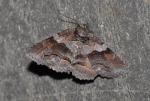
| Recorded by: K. Bischof on 2013-04-18
Transylvania Co.
Comment: | 
| Recorded by: K. Bischof on 2011-04-08
Beaufort Co.
Comment: |
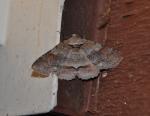
| Recorded by: K. Bischof on 2011-04-05
Beaufort Co.
Comment: | 
| Recorded by: K. Bischof on 2011-03-15
Beaufort Co.
Comment: |

| Recorded by: Steve Hall on 1999-06-22
Carteret Co.
Comment: |

 »
»



 »
»

